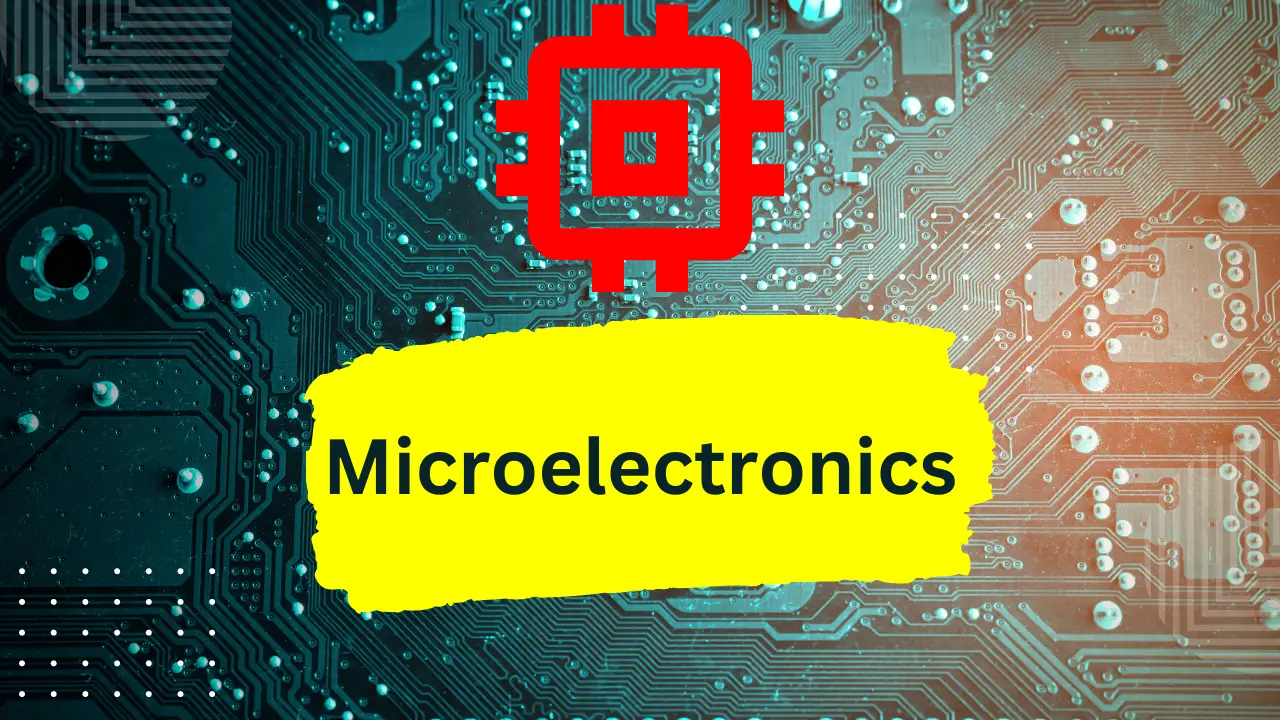What Is Microelectronics?
A branch of electronics called microelectronics works with incredibly tiny and microscopic materials to create electronic parts. Due to the growing need for affordable and lightweight equipment, microelectronics has quickly become the most in-demand area of electronics.
Silicon and germanium, two semiconductor materials, are used to create microelectronic devices. You can find microelectronic versions of the conventional electronic designs and parts you have lying around. Capacitors, transistors, resistors, diodes, inductors, conductors, and insulators are the parts that make up microelectronic devices. On the devices where they are located, each of these designs is micrometer-scale.

Functions Of Semiconductors
On a circuit, semiconductors primarily perform two functions. These serve as insulators or conductors. They direct or facilitate the flow of electric current as conductors. As insulators, however, they stop heat or current from moving through a system.
Semiconductors are utilized in information processing, power handling, signal conditioning, data storage, conversion of electrical energy to light energy or the other way around, and displays like LCD in electronic devices used in homes and businesses. we can use flip chips and wire bonds also while packaging chips.
Semiconductor Components
The most common materials utilized to create the semiconductor elements that make up integrated circuits are germanium and silicon.
Etching And Masking
By heating the wafer, a layer of silicon dioxide is created during the masking and etching process. The layer is then thinly coated and subjected to ultraviolet (UV) radiation using a mask. The light causes the wafer to solidify in certain places while etching away the oxide in other places. A naked silicon pattern results from this.
Doping Process
Doping is the process of adding an impurity to silicon to alter its electrical properties by heating the silicon wafer in a furnace with another element, such as arsenic. Microelectronic parts like transistors, resistors, and other parts are created at a range of temperatures and in the presence of chemicals.
Advantages of MEMS
- It improved reproductivity.
- we can use as a switch at a high frequency
- It has Higher accuracy, sensitivity, and selectivity.
- Its sensors work with high sensitivity.
- MEMS devices operate with low power consumption.
- We can reduce the size, so we can get very low unit costs with mass bulk.
Disadvantages of MEMS
- Very expensive
- For the foundry, it requires a huge investment.
- The design includes very complex procedures.
- Fabrication costs can be very high for low quantities.
- Polysilicon is a fragile substance.
- Testing equipment can also be expensive.
- Need more accuracy, while designing.
What are examples of microelectronics?
Microelectronics has revolutionized virtually every aspect of modern life. It’s difficult to imagine a world without ubiquitous technologies such as personal computers, cell phones, fax machines, camcorders, stereo players, televisions, microwave ovens, calculators, and many more. These devices, enabled by advancements in microelectronics, have become integral parts of daily life, shaping how we communicate, work, entertain ourselves, and conduct various activities.